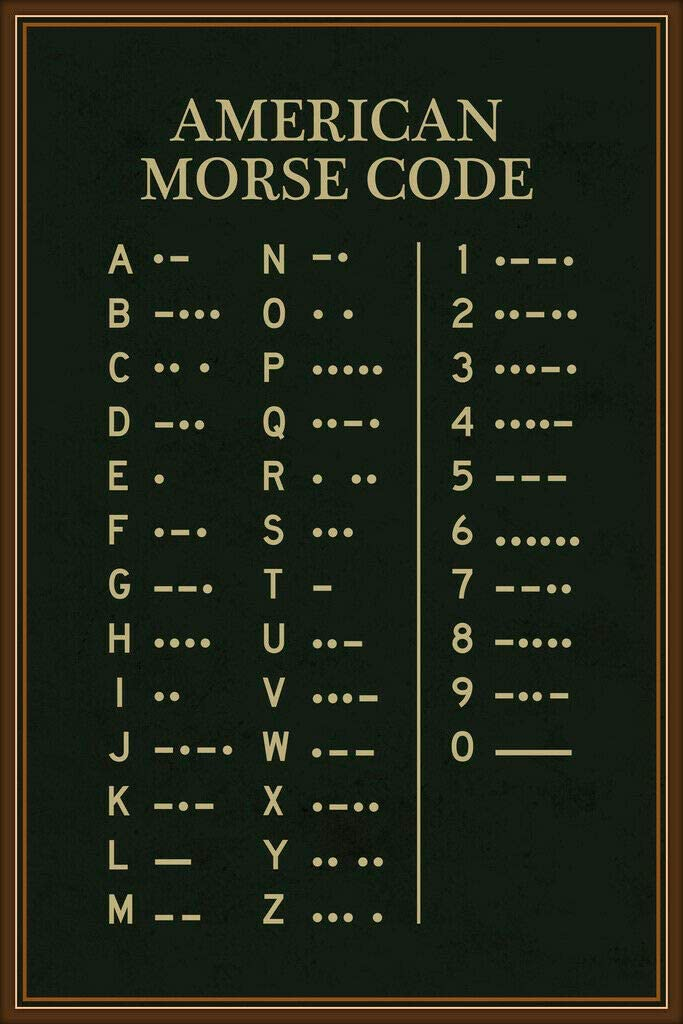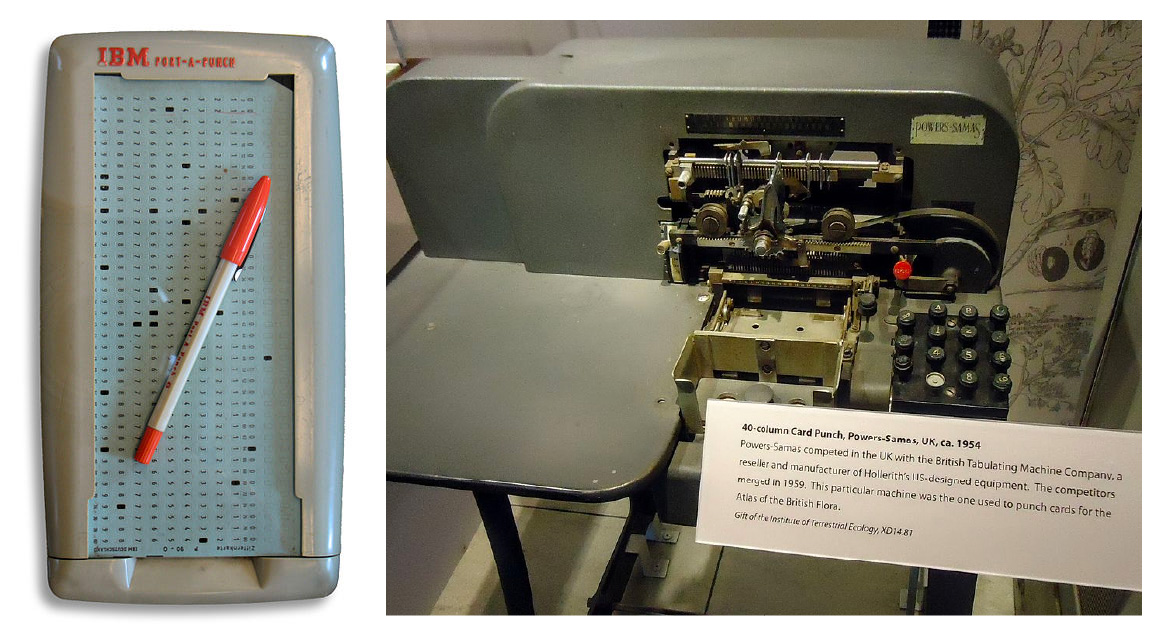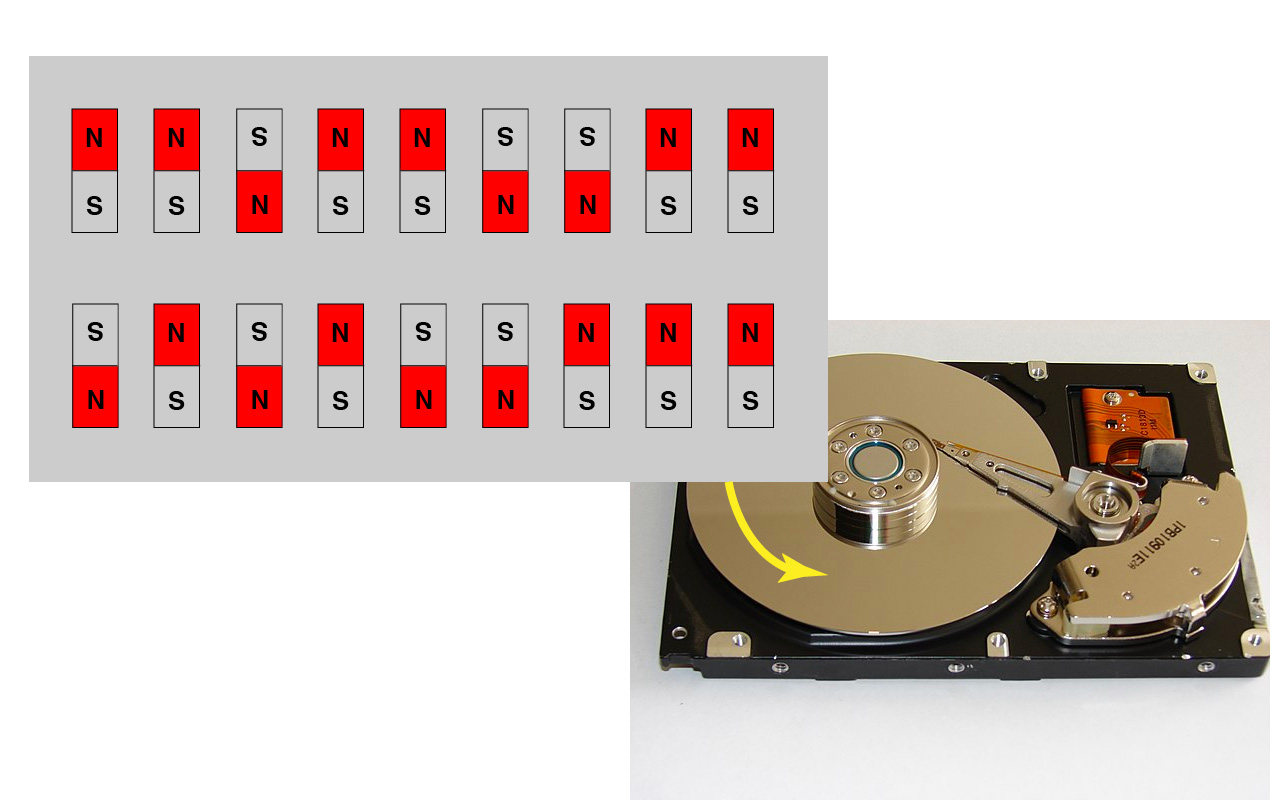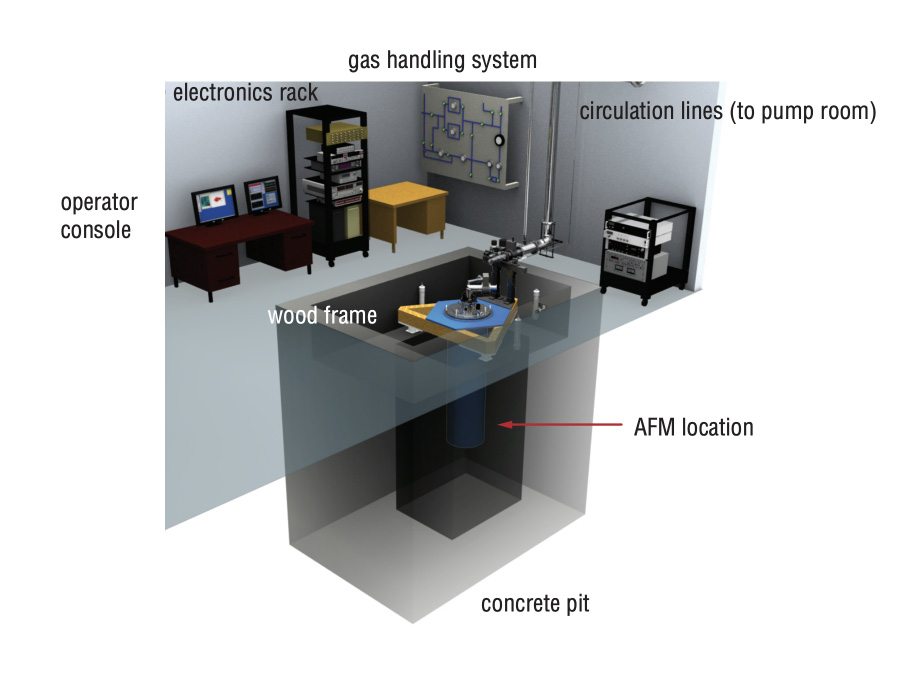Digital
"Arduino boards contain a multichannel, 10-bit analog to digital converter."
So, what happens when we put a voltage accross two pins of the arduino?
What's a bit?

The bits of Morse Code


Magentic Domains as bits
"Arduino boards contain a multichannel, 10-bit analog to digital converter."

Digital Ramp ADC
This device generates a reference signal (in a step-like fashion). When it equals the input, it registers the digital value.
Arduino board have a similar method known as Successive Approximation ADC
What we measure
We're measuring bits.
Signal vs. Noise
A quick calc: $$ \frac{1024 \; \textrm{bits}}{5 \; \textrm{V}} = 204.8 \; \textrm{bits/V}$$ or, more useful would be how many Volts per bit: $$ \frac{5 \; \textrm{V}}{1024 \; \textrm{bits}} = 0.00488281 \; \textrm{V/bit} \approx 5 \; \textrm{mV}/\; \textrm{bit}$$
Options?
Improve your instrumentation ($)
Reduce the environmental noise in your experiment ($ and Brains)
Do some math (just brains)
Improve your instrumentation ($)
Always a tradeoff between speed and resolution
Reduce the environmental noise in your experiment ($ and Brains and sometime Brawn)

Math
demo